Russian space agency Roscosmos published spectacular photos of Comet NEOWISE (C/2020 F3) and noctilucent clouds or polar mesospheric clouds (PMCs) above our beautiful planet Earth. This is something we’ve never seen before (a comet and ).
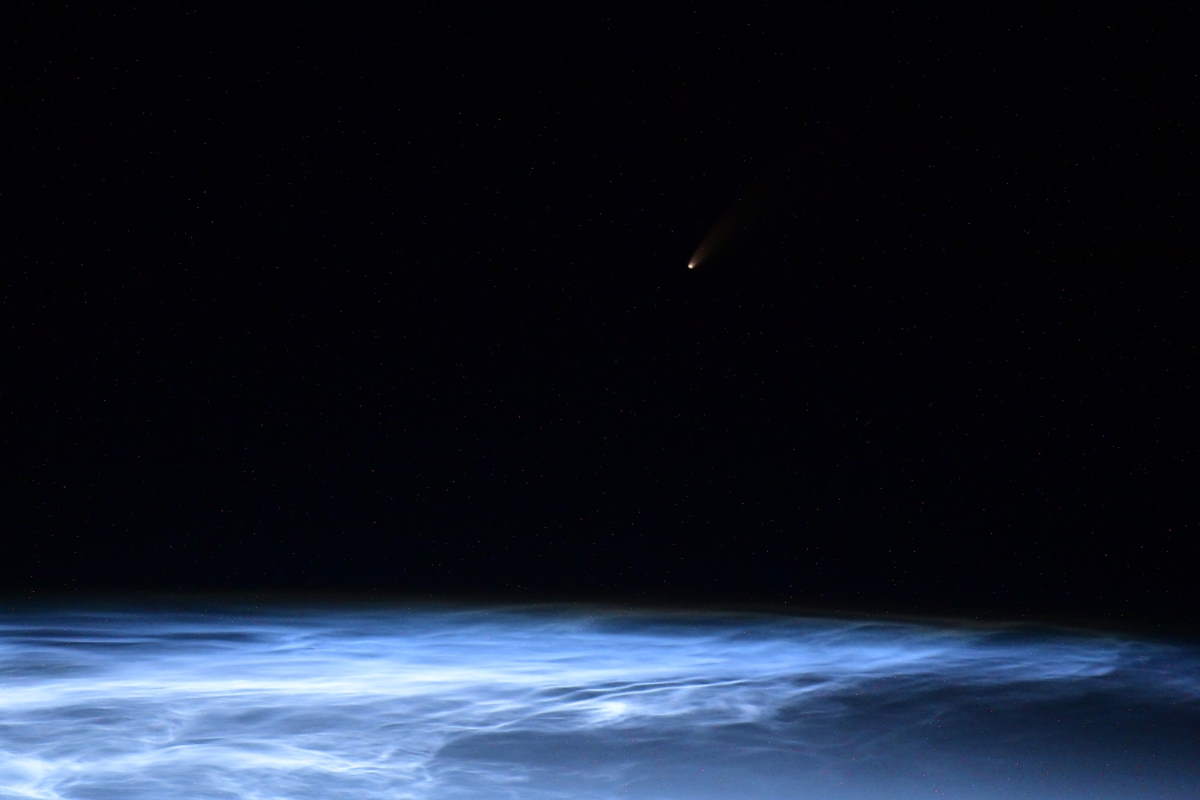

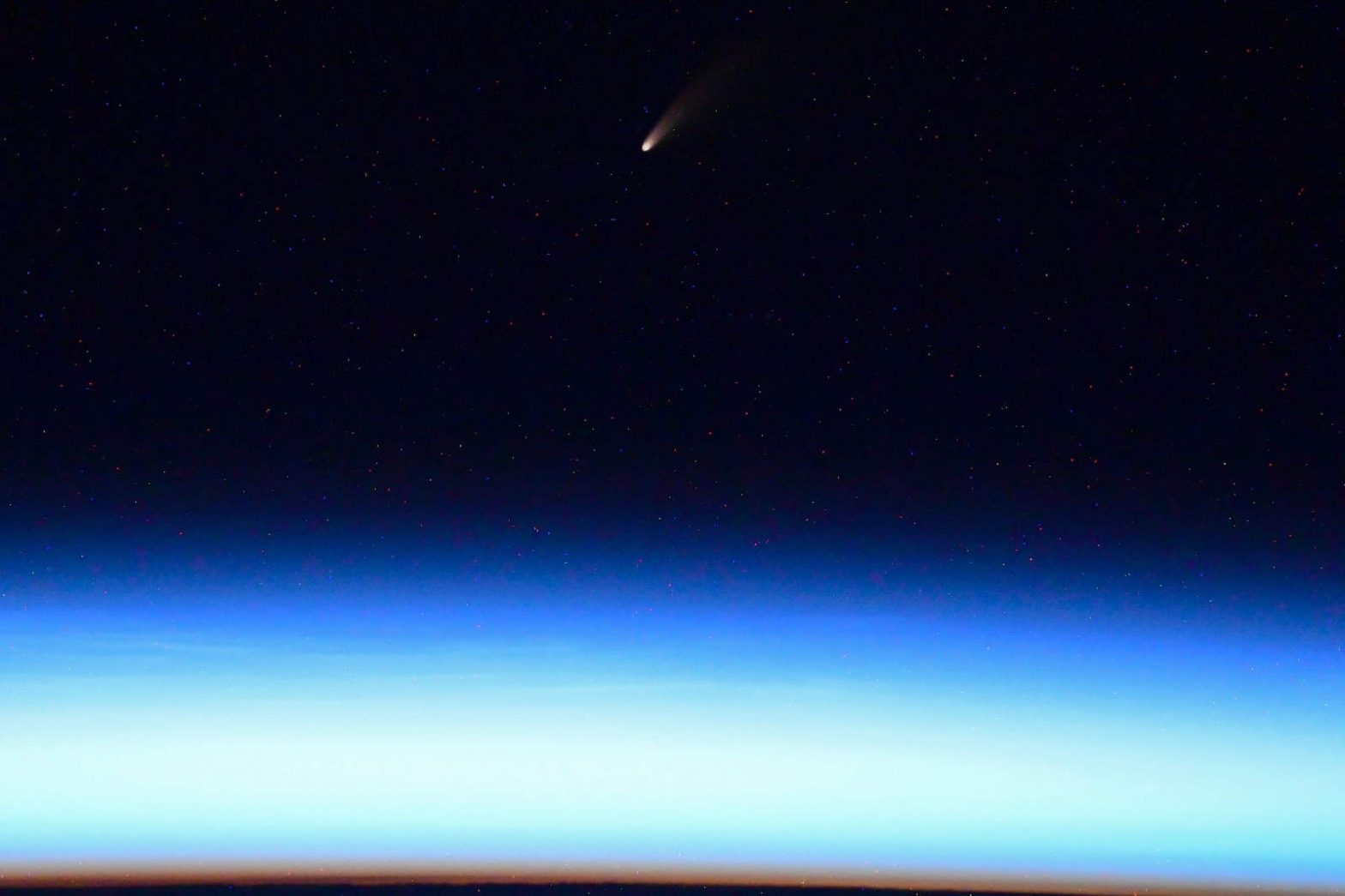
Russian cosmonaut Ivan Vagner published a spectacular comet photo on his Twitter account (@ivan_mks63). He tweeted both in Russian and in English and said “During the next revolution I tried to capture the C/2020 F3 (NEOWISE) comet a bit closer, the brightest one over the last 7 years. Its tail is quite clearly visible from the International Space Station!”
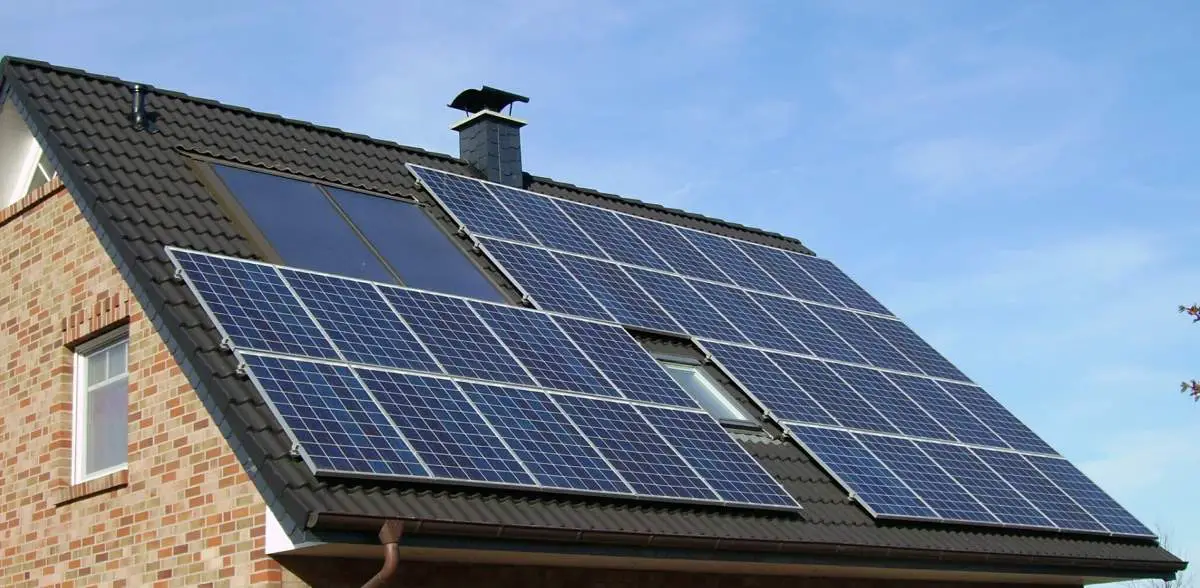
People are starting to build more eco-conscious residences, and zero-net-energy homes are becoming increasingly popular. They can be designed in any style or size, connect to a traditional power grid, and are suitable in all climates. Their versatility makes them incredibly attractive, especially to those looking to save on their utility bills.
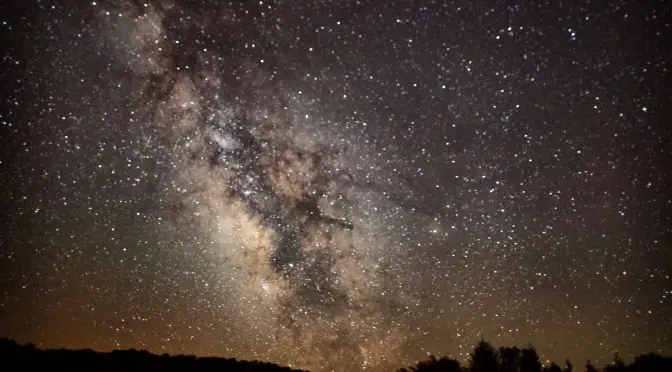
On June 25, Friday, SETI Institute CEO Bill Diamond held an AMA (Ask Me Anything) on the popular social news aggregation and web content rating website Reddit. Here are some interesting questions and Bill Diamond’s answer to them.

It turns out that when it comes to saving the planet, you don’t have to trade in your gas-powered car or even shell out a bunch of cash – you can do it right from the comfort of your own home. In fact, making a few small upgrades to your home and tweaking your everyday behaviors around the house can leave a bigger impact over time than you realize.
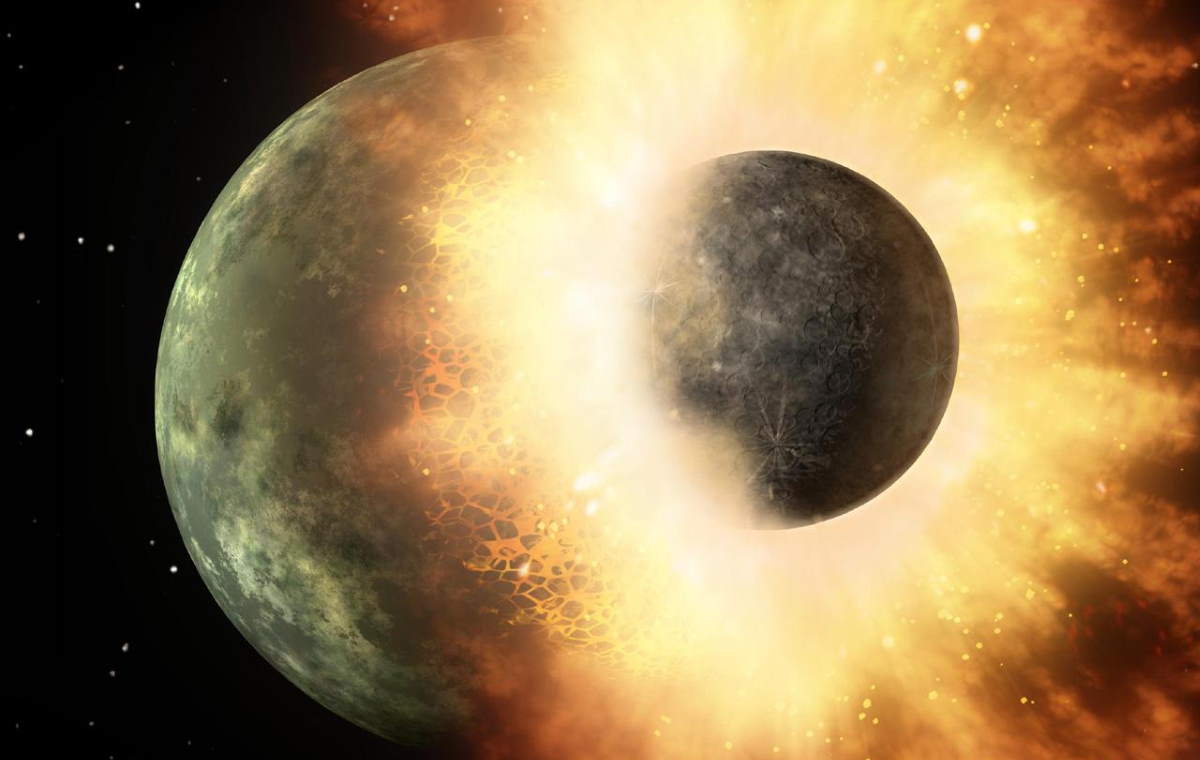
How the moon was formed? The most widely accepted theory of the Moon’s origin is known as the Giant Impact Hypothesis. The standard giant impact hypothesis, sometimes called the Big Splash, or the Theia Impact suggests the Mars-sized body, called Theia, impacted Earth, creating a large debris ring around Earth, and the Moon formed out of that debris. The hypothesis additionally suggests that this collision also resulted in the 23.5° tilted axis of the earth, thus causing the seasons.

The construction industry has a significant negative impact on the environment. To mitigate this harm and improve sustainability, many builders in the sector have turned to recyclable materials.
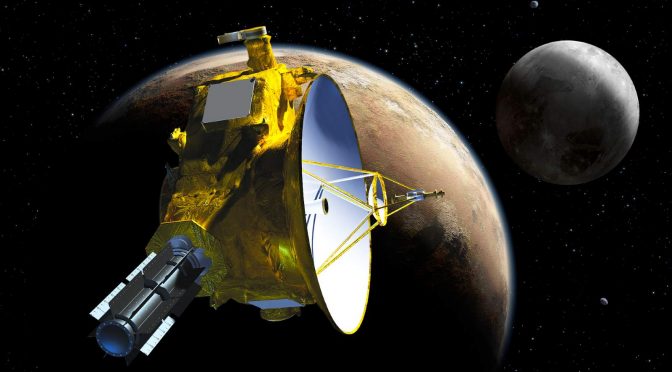
NASA’s New Horizons space probe is currently the farthest human-made object that is still able to take photographs. It was launched on January 19, 2006. Now the spacecraft is so far from Earth that the photos taken by New Horizons show nearby stars from an unearthly perspective (see notes 1).
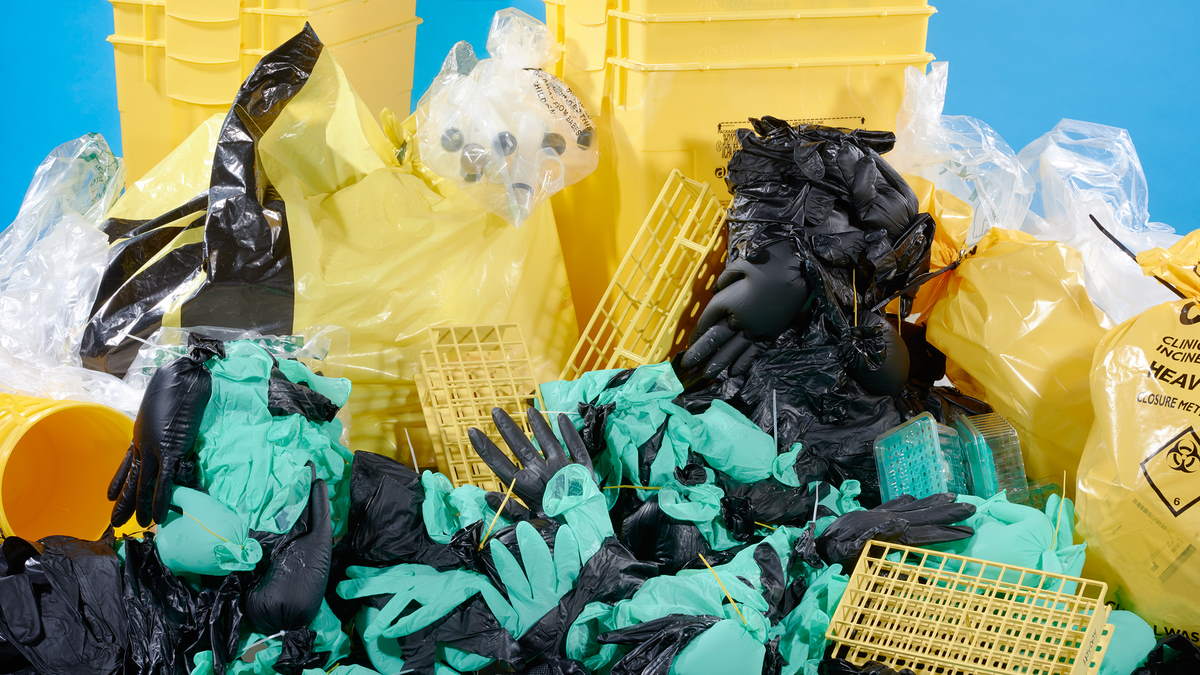
Gloves, sample tubes, bottles, and vials – the world’s labs produce millions of tonnes of waste each year. Alice Bell meets the scientists who are finding less polluting ways to work.
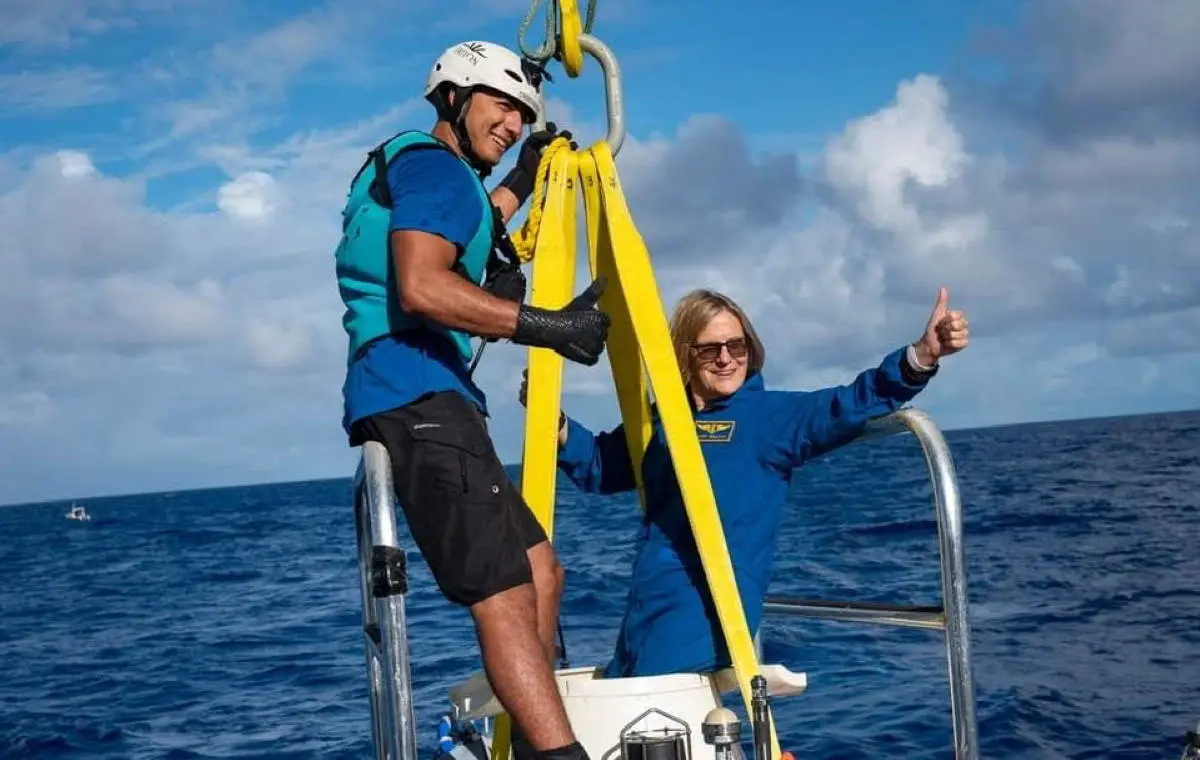
Kathryn Sullivan, the first American woman to walk in space on October 11, 1984, now also becomes the first woman to reach the deepest point of the ocean, the Challenger Deep, at the southern end of the Mariana Trench. She also became only the eighth person ever to reach the Challenger Deep.